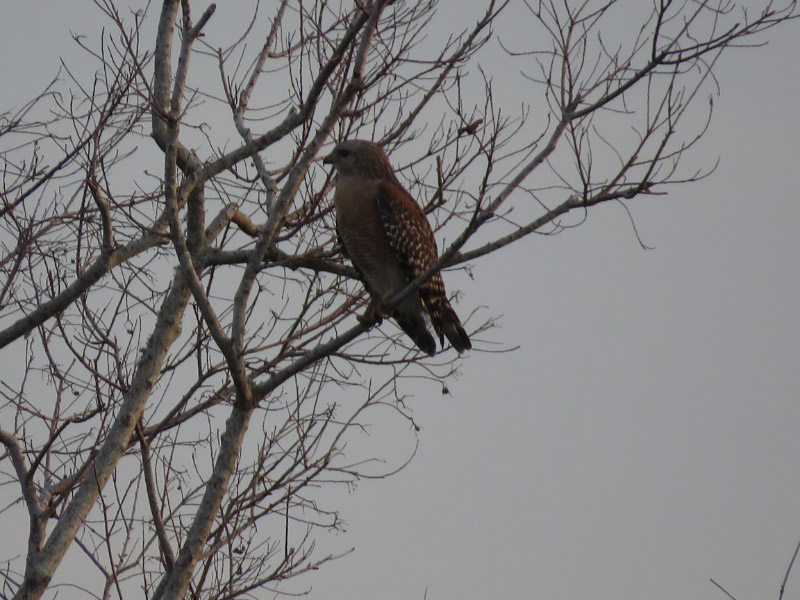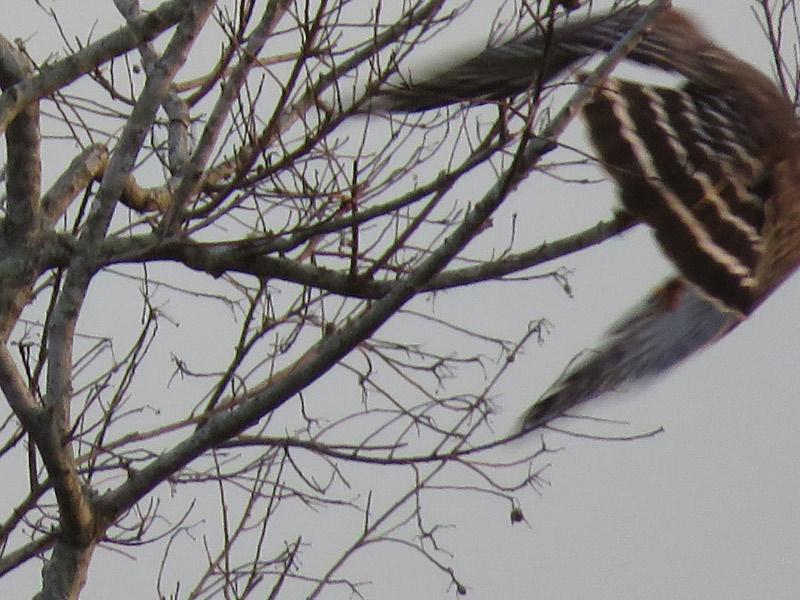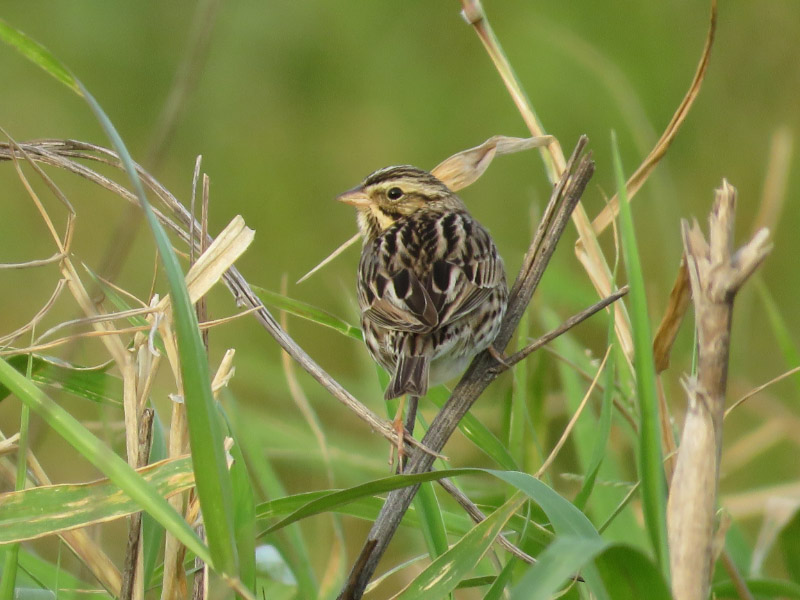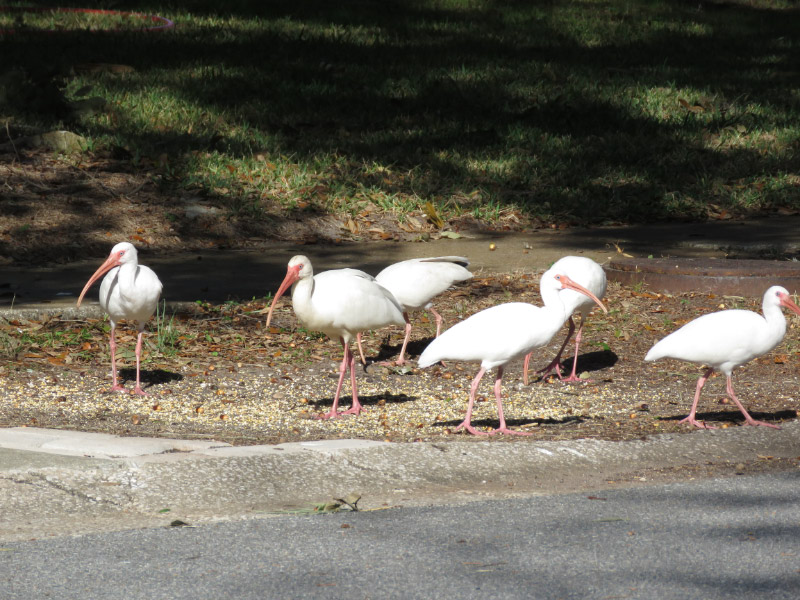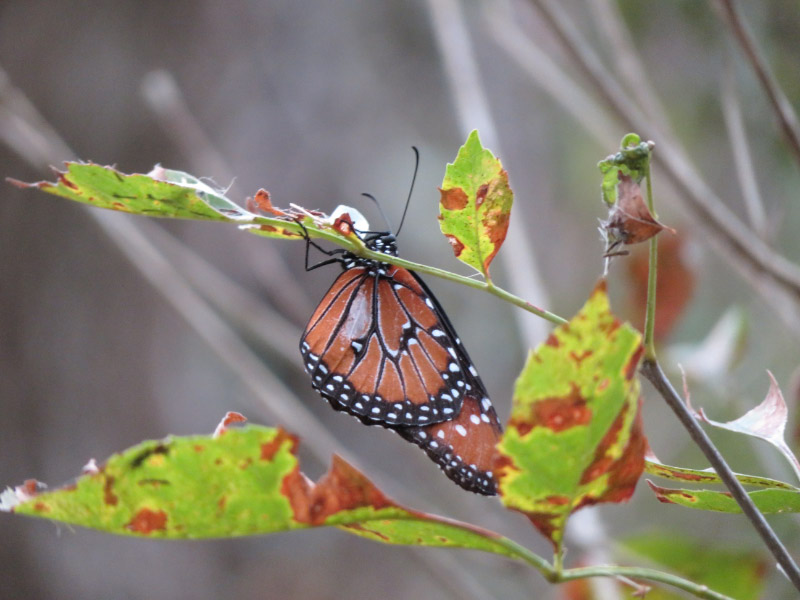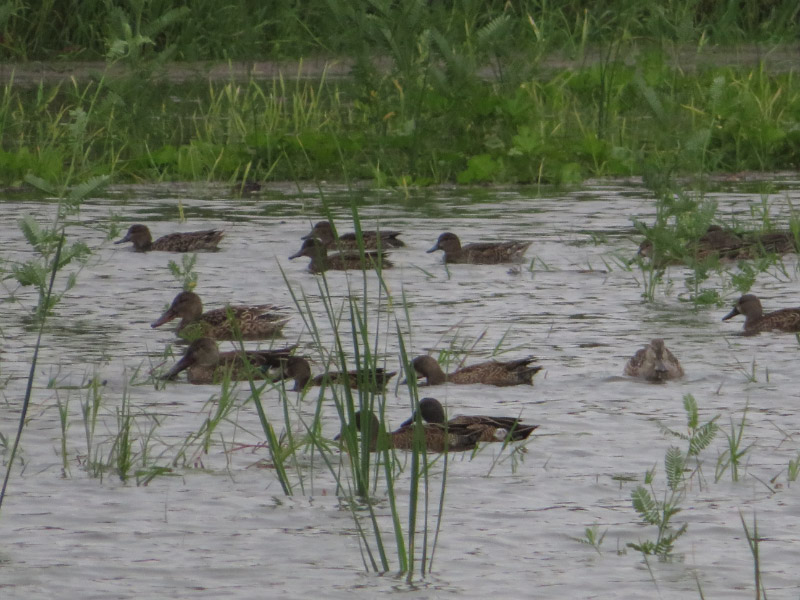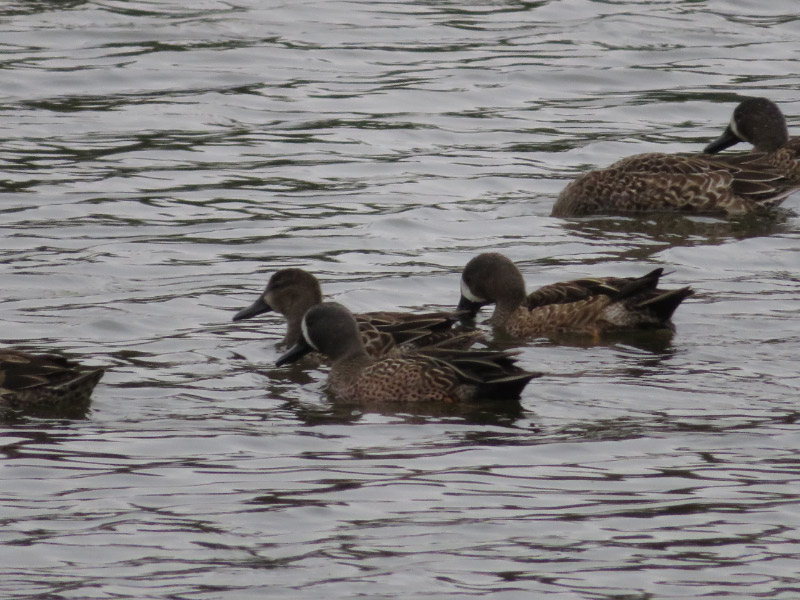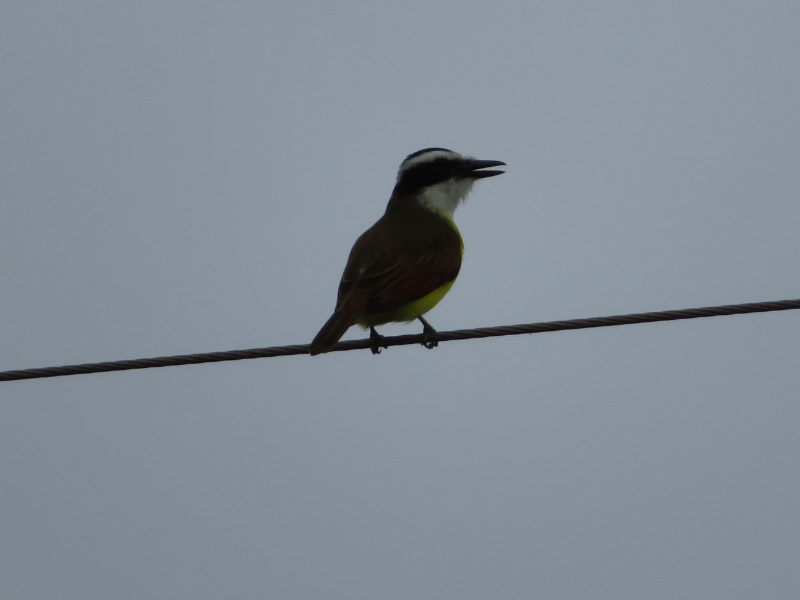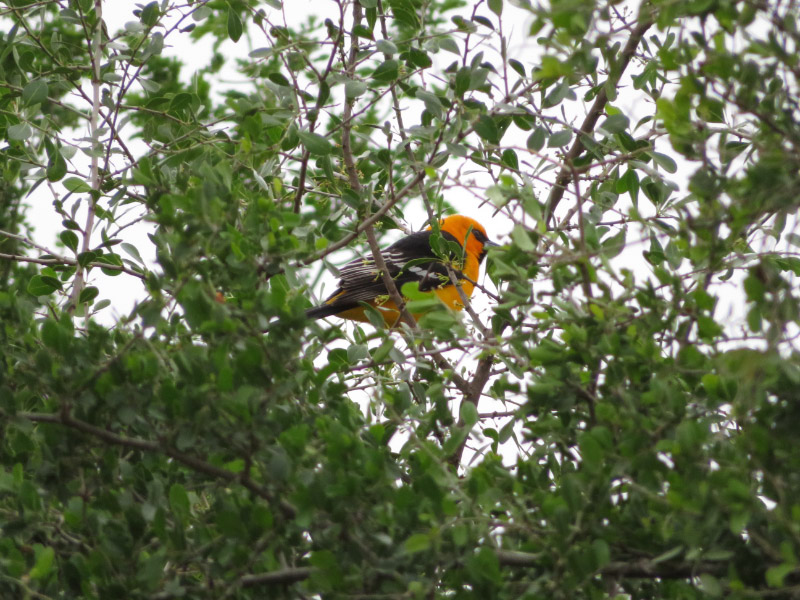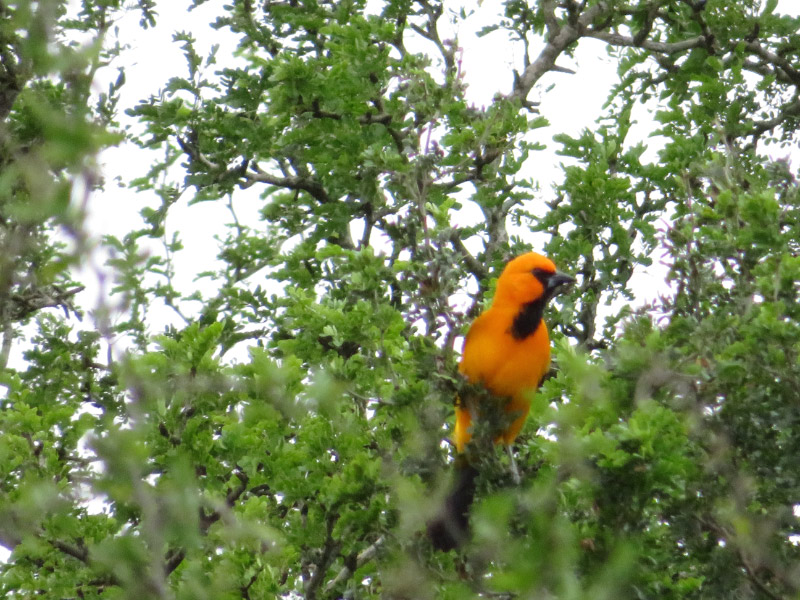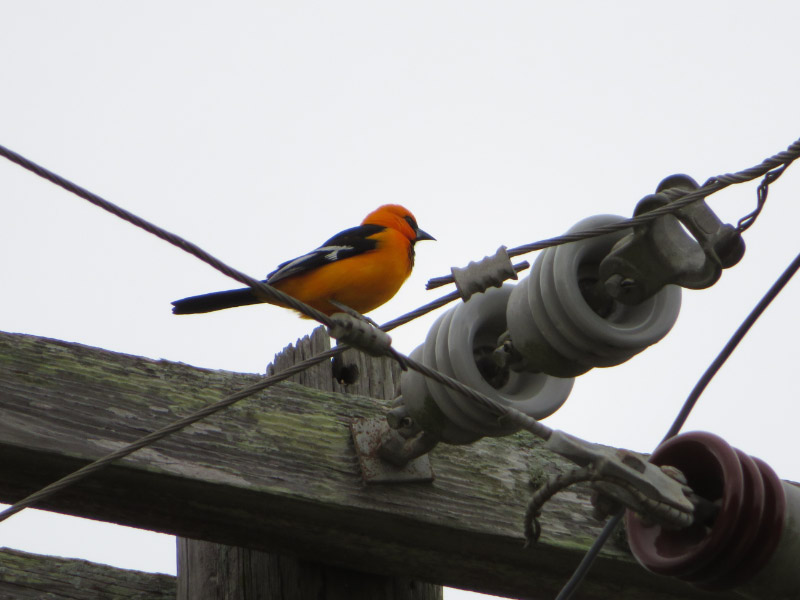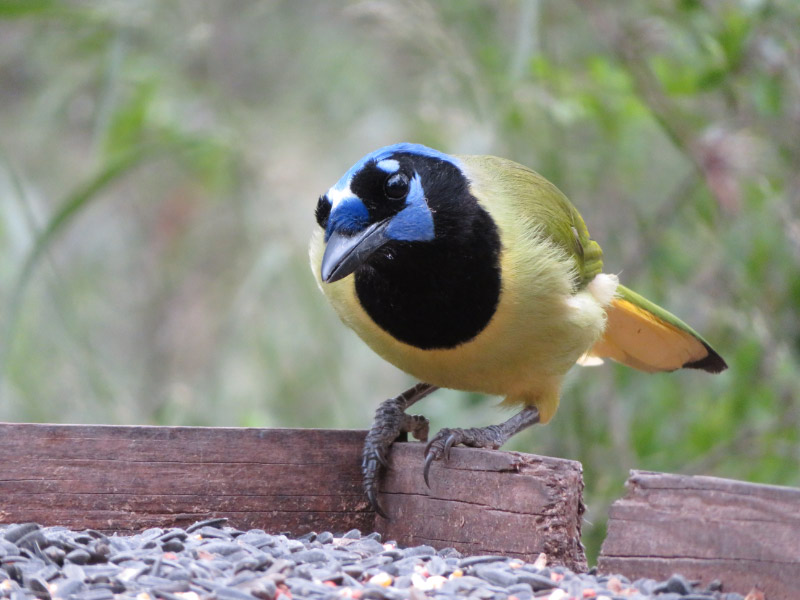Birding Near Titusville
/After the long field trip to Central Florida, the next day we had a shorter one to hot spots around Titusville. It felt a lot easier getting to a 6:30 AM bus than the 5 AM bus the previous day. The first stop was Hatbill Park…just as the sun was coming up.
The Grackles were the first birds we noticed…because they were noisily welcoming the day.
As the light got better there were other birds to notice: a Little Blue Heron fishing in the shallows.
A Red-shouldered Hawk almost too far away to photograph but showing its very distinctive tail as it flew away.
There was an Eastern Phoebe and
Savannah Sparrow to represent smaller birds.
Some Brown Pelicans flew over the lake.
We headed off to or next stop – a walk back into the woods. There were very large Live Oaks with Spanish moss, resurrection fern, and ghost orchids and
Quite a few American Robins. Some robins stick around in Maryland but some push southward and accumulate in Florida.
There was a Red-Bellied Woodpecker that showed himself at just about every angle. They do have a little red on their bellies!
Florida has red maples just as we do in Maryland although the ones in Florida had formed their samaras months in advance of our trees.
Ball Moss – a relative of Spanish moss (both Bromeliads rather than mosses) – was growing in some of the trees. It looks tidy rather than raggedy like the Spanish Moss.
The Sabal Palmettos had ferns growing in their boots (the stubs of branches along the trunk). One of the other field trip participants identified it as a gold foot fern.
An Eastern Phoebe sat around long enough to be photographed here too.
One stop was a neighborhood pond that has a population of resident Black-Bellied Whistling Ducks. They were noisy. Hopefully they quiet down at dusk.
There were White Ibis in the pond as well. They seemed even more acclimated to people.
The next stop was a neighborhood park where there was a resident pair of Sandhill Cranes.
Then we headed off to Dixie Crossroads (restaurant) for lunch. I took a picture of the mural as I came out of the restaurant – it featured a lot of the birds we had been seeing.
The post tomorrow will be about what we saw after lunch.





